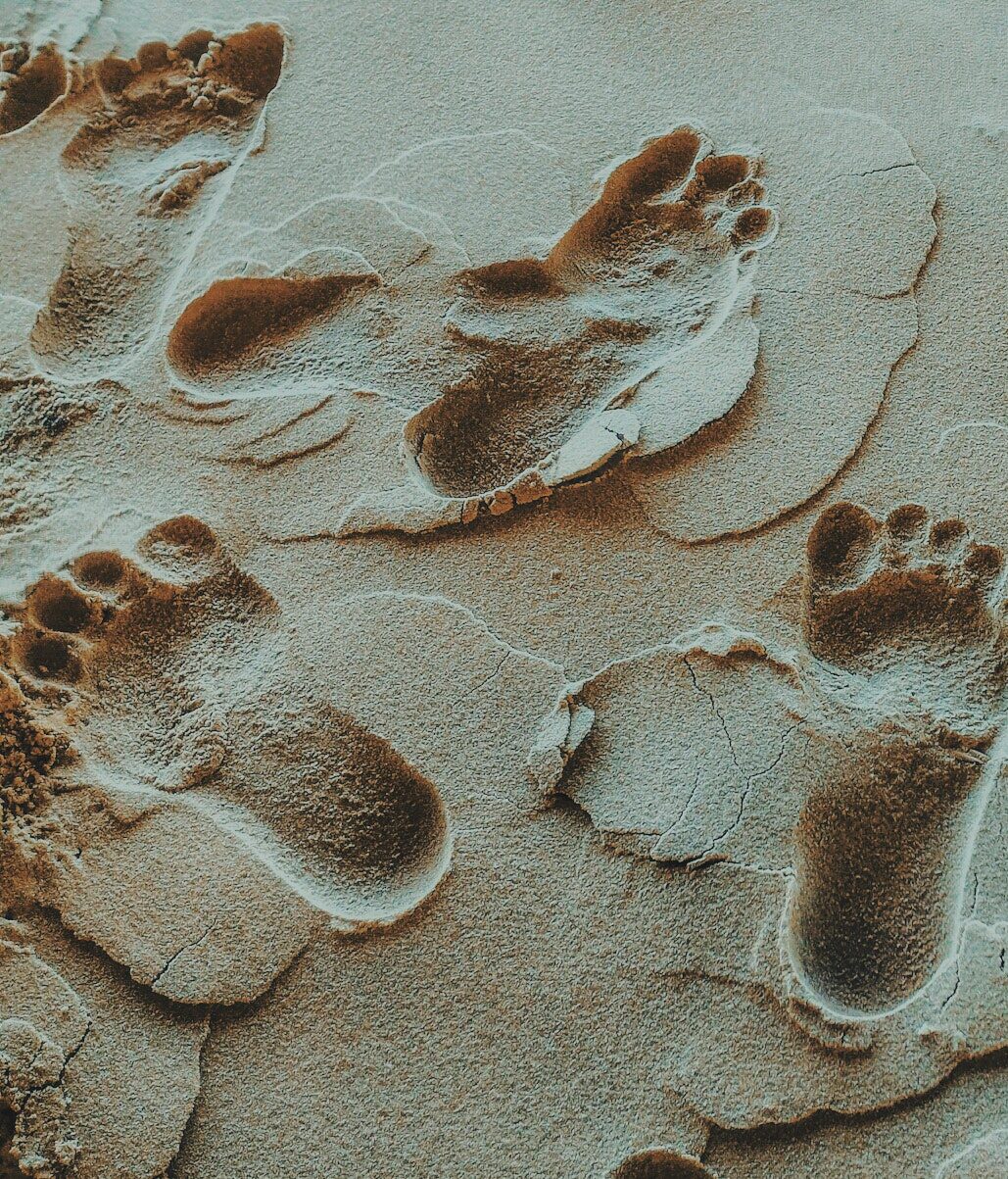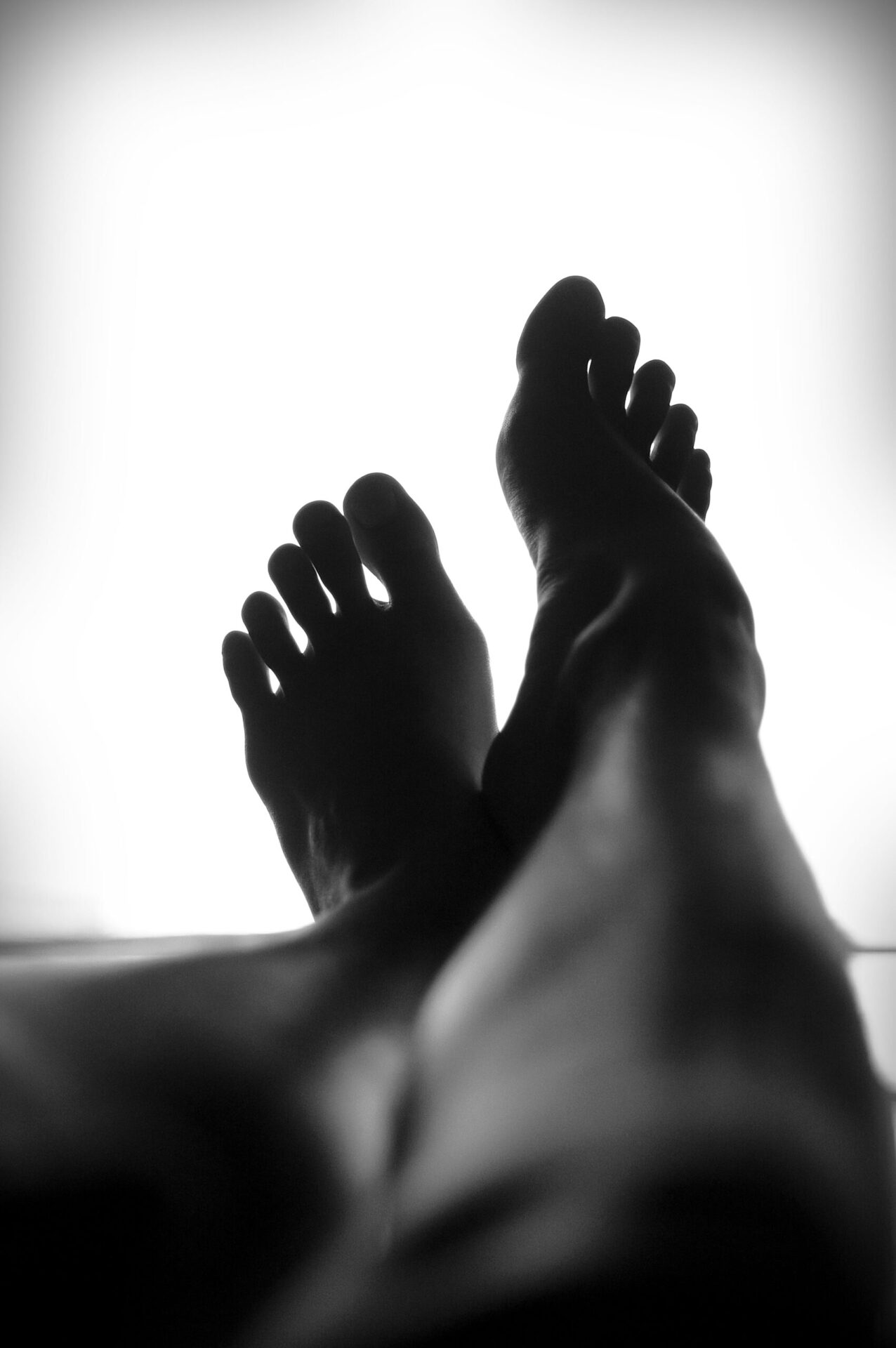Dr Ellis has a strong, dedicated interest and expertise in assisting patients with lower limb neuromuscular spasticity and deformity over more than 25 years,
and has pioneered novel surgical pathways for the management of these conditions.
Dr Ellis runs a monthly collaborative neuromuscular lower limb clinic with his colleague in foot and ankle surgery, Dr Michael Symes. This clinic aims to provide two expert surgical opinions for those patients experiencing the complex secondary effects of neuromuscular conditions and spasticity in the lower limb. If surgery is recommended, Dr Ellis and Dr Symes often operate in tandem to achieve optimal surgical outcomes.
With a multidisciplinary team based at Royal North Shore, Dr Ellis has been instrumental in establishing the Spasticity Clinic aimed an improving quality of life and function for patients and their families. Dr Ellis has a great passion for assisting patients manage these conditions, which often long-term rehabilitation goals and complex surgical plans over significant lengths of time.
Dr Ellis treats and has experience in a variety of neuromuscular conditions and their associated lower limb deformities including those caused by:
 info@orthonorth.com.au
info@orthonorth.com.au  +61 2 9460 9100
+61 2 9460 9100 




